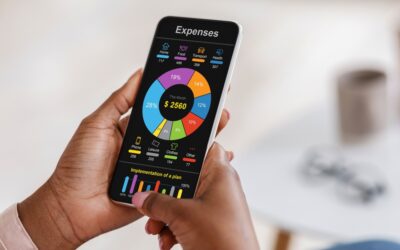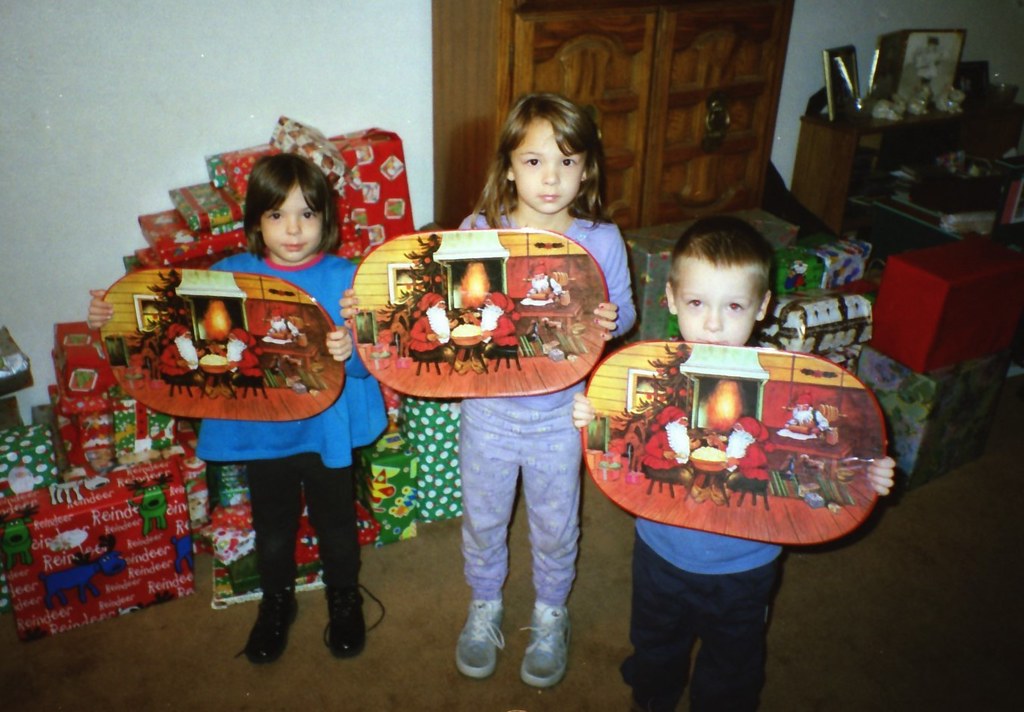You ever catch yourself staring at a price tag like, “Wait… this used to be $12, right?” Yeah, same. Lately it feels like everyday stuff—like groceries, haircuts, or a halfway-decent pair of sneakers—have all quietly slipped into “treat yourself” territory. We’re not even talking luxuries here. We’re talking the basics, the staples, the things you used to buy without doing mental math or checking your bank app first.
But thanks to inflation, supply chain chaos, and good ol’ corporate greed, a lot of formerly normal purchases now feel straight-up out of reach. And if you’ve found yourself walking out of stores empty-handed or whispering “never mind” to an Uber Eats cart, you’re not alone. Here are 13 things that used to be no big deal… and now make you seriously question your life choices.
1. A Full Cart of Groceries
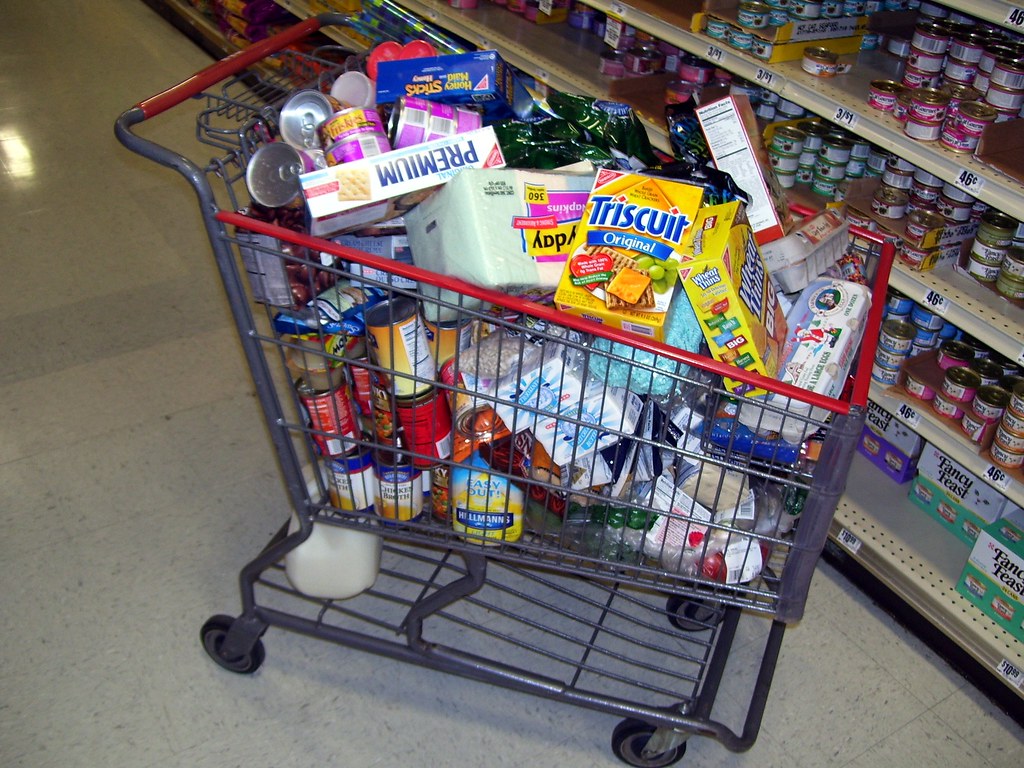
There was a time—not that long ago—when you could stroll through the grocery store, fill up your cart, and still have room in your checking account. But in 2025? A “quick shop” for milk, bread, and a couple of snacks turns into a $75 situation real fast. Inflation has hit food prices hard, and it’s not just fancy stuff like imported cheese and truffle oil.
Even basics like chicken breasts, cereal, and eggs have seen price jumps that make your inner grandma scream. According to The Department of Agriculture, grocery inflation has cooled slightly, but prices are still 20–30% higher than in 2019. You’re not hallucinating—your money just doesn’t stretch like it used to. And yes, even store-brand mac & cheese is now bougie-adjacent.
If you’ve started playing “Which item can I put back?” at checkout, you’re definitely not alone.
2. Taking a Last-Minute Flight

Booking a spontaneous getaway used to be the ultimate flex—and sometimes, a budget win. A decade ago, airlines would practically beg you to fill those empty seats last minute. But today, unless you’re flying Tuesday at 3 a.m. with two layovers, it’s gonna cost you. And forget holidays or peak travel weekends—you might as well finance the ticket.
Conde Nast Traveler reports that airfare remains stubbornly high, thanks to fuel costs, labor shortages, and limited routes. Dynamic pricing algorithms also mean that waiting doesn’t score you a deal anymore—it just punishes your wallet. Add in luggage fees, seat selection, and snacks that cost more than your Uber ride, and suddenly your “quick trip” is $600 deep.
So yeah, if you’ve found yourself Googling “Can I just drive there instead?”—you’re not crazy. You’re just broke… in the air.
3. Dinner for Two at a Mid-Tier Restaurant
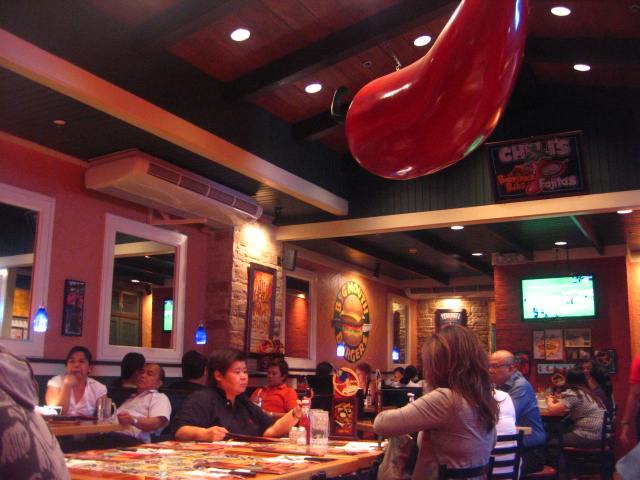
Once upon a time, a casual night out meant apps, mains, drinks, maybe even dessert—and you’d walk away under $70, tip included. Now? You’re forking over $100+ at places where the lighting is still fluorescent and the bread basket is optional. Prices have crept up across the board, even at restaurants that still have laminated menus.
According to Food & Wine, restaurant prices have jumped over 25% since 2020, and many chains are shrinking portion sizes while they’re at it. Want fries with that? Cool—that’s $7 now. And don’t even get cute with the wine list unless you’ve pre-budgeted it.
Dining out feels less like a treat and more like a strategic expense. Suddenly, the frozen pizza aisle at Costco is looking kind of romantic.
4. Concert Tickets That Aren’t Nosebleeds
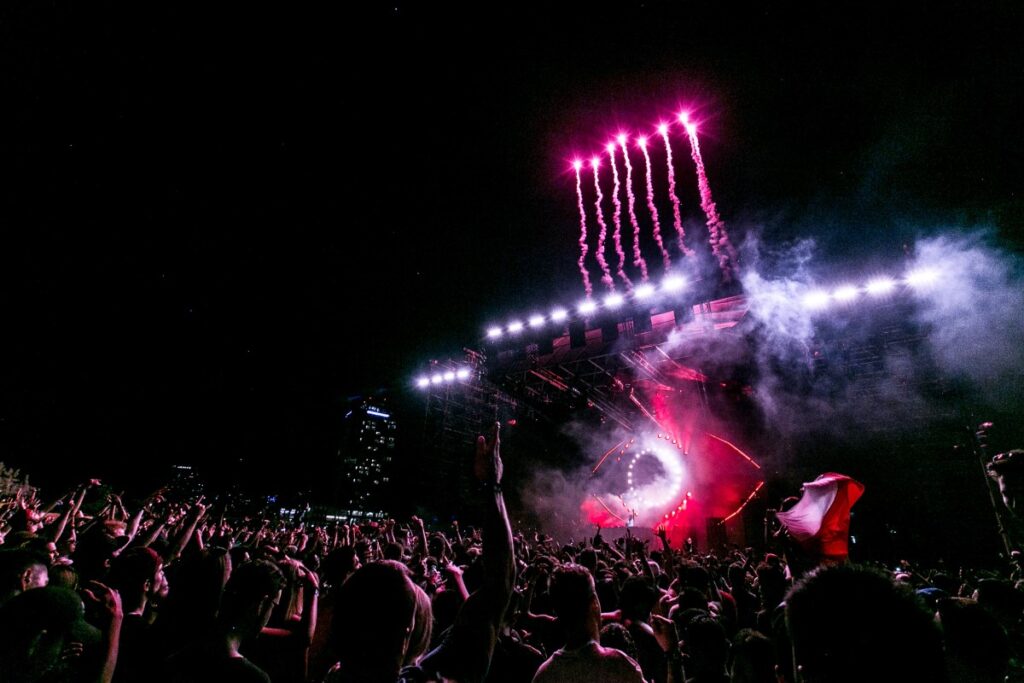
Back in the day, you could catch your favorite band live for the price of a hoodie. General admission was affordable, nosebleeds were cheap, and even VIP wasn’t totally insane. But now? Concert tickets have gone full Hunger Games. Thanks to dynamic pricing, bots, and VIP experiences that include maybe a photo opp, tickets are now pushing rent-level territory.
The Week points out that average ticket prices have doubled in the past five years—and that’s before resale. A mid-tier show can easily run $150 per ticket (not including fees), and big arena tours? Hope you like watching from Instagram.
Even die-hard fans are tapping out. If you’ve ever sighed and said, “I’ll just wait for the tour doc on Netflix,” you’re in the new normal.
5. Owning a Reliable Used Car
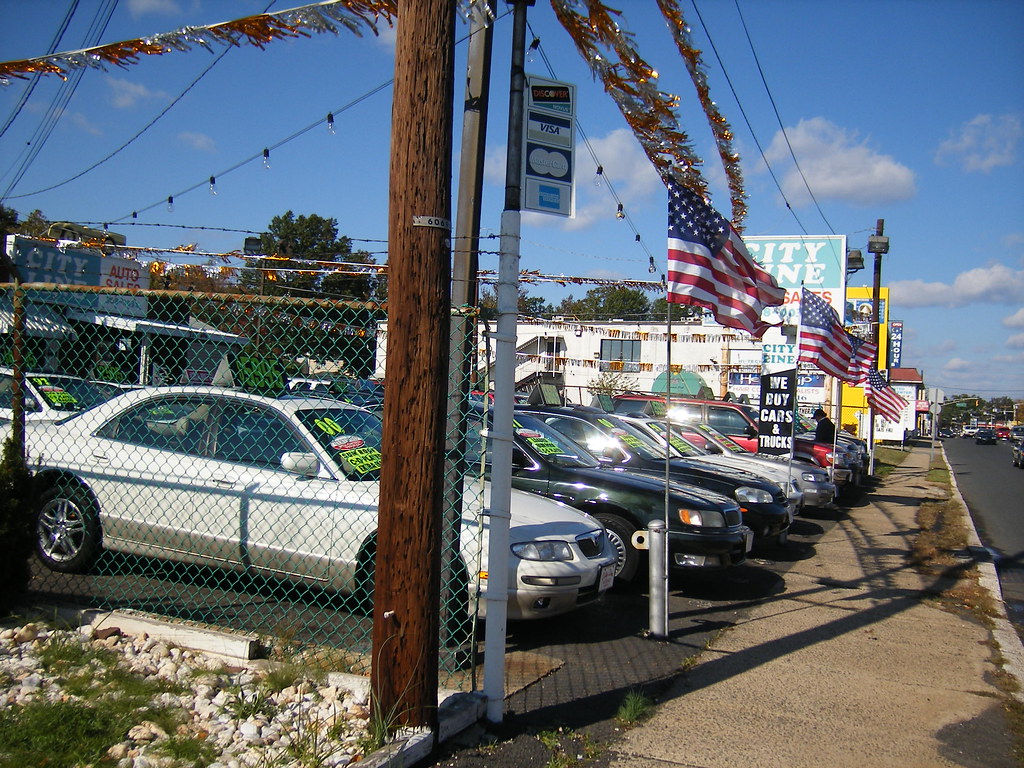
There was a golden era when buying a used car was the thrifty grown-up thing to do. You’d find a solid ride for under $10K, maybe haggle a little, and drive off proud. Not anymore. Even used cars have caught a case of price creep, with models from 2014 commanding prices that should honestly be illegal.
According to Edmunds, the average used car price in 2024 hovered around $27,000—a record high driven by supply chain messes and low inventory. Add high interest rates on auto loans, and suddenly “pre-owned” feels just as painful as “brand-new.”
Even high-mileage beaters are going for premium prices. So if you’ve noticed that buying a car feels more like buying a house—congrats, you’re not crazy. You’re just living in the age of eternal sticker shock.
6. Renting a One-Bedroom Apartment Solo
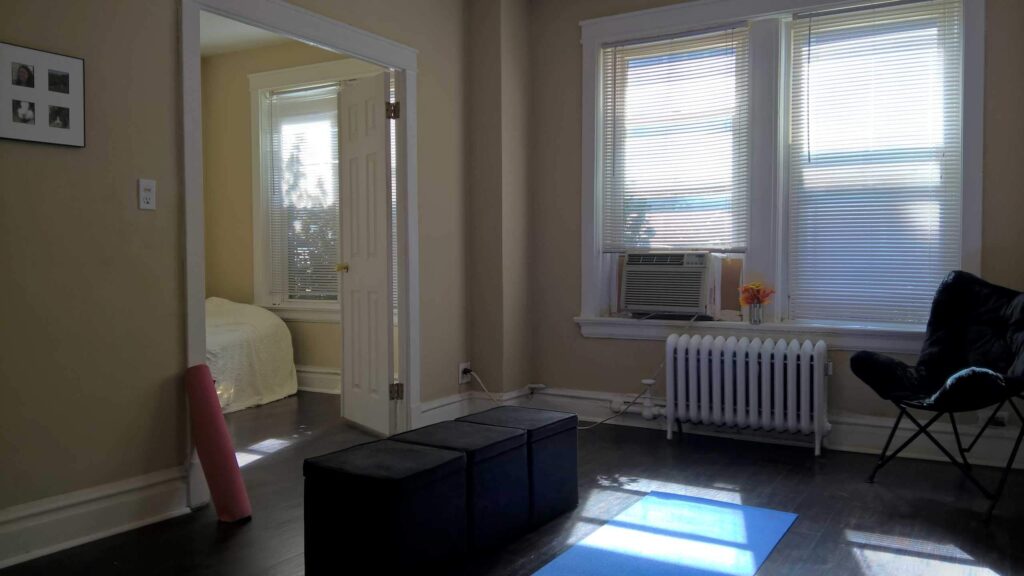
Once upon a time, moving out meant actual independence. You could get a one-bedroom, maybe even a balcony, and not have to Venmo anyone for their half of the utility bill. But in 2025? Renting your own space feels like trying to win the lottery—with zero numbers right. Landlords are pricing one-beds like they come with a personal chef, and pet deposits now rival actual rent.
If you want something safe, decently located, and with a working stove, you’re looking at a bill that’ll eat half your income—or more. Even previously “affordable” cities are creeping up thanks to housing shortages and remote worker migration. So unless you’ve got a six-figure salary or a very generous roommate (read: your parents), solo living is basically a luxury lifestyle brand now. Your own kitchen? Iconic. Your own rent payment? Devastating.
7. Going to the Dentist Without Insurance

Back in the day, dental cleanings were annoying but manageable—you’d spend a hundred bucks and be on your merry way. Now? One cavity and you’re considering a payment plan and a side hustle. With or without insurance, out-of-pocket dental costs have ballooned, and coverage hasn’t exactly kept up.
Even basic services like X-rays or a filling can set you back hundreds. And don’t get us started on crowns, root canals, or anything involving anesthesia. It’s like the medical version of airline baggage fees: everything’s an add-on, and nothing’s cheap. Skipping the dentist feels like a gamble, but going feels like financial sabotage.
If you’ve ever walked out of a dental office clenching the bill harder than the fluoride tray, congrats—you’re living in the now.
8. Buying a Birthday Gift That Isn’t a Meme
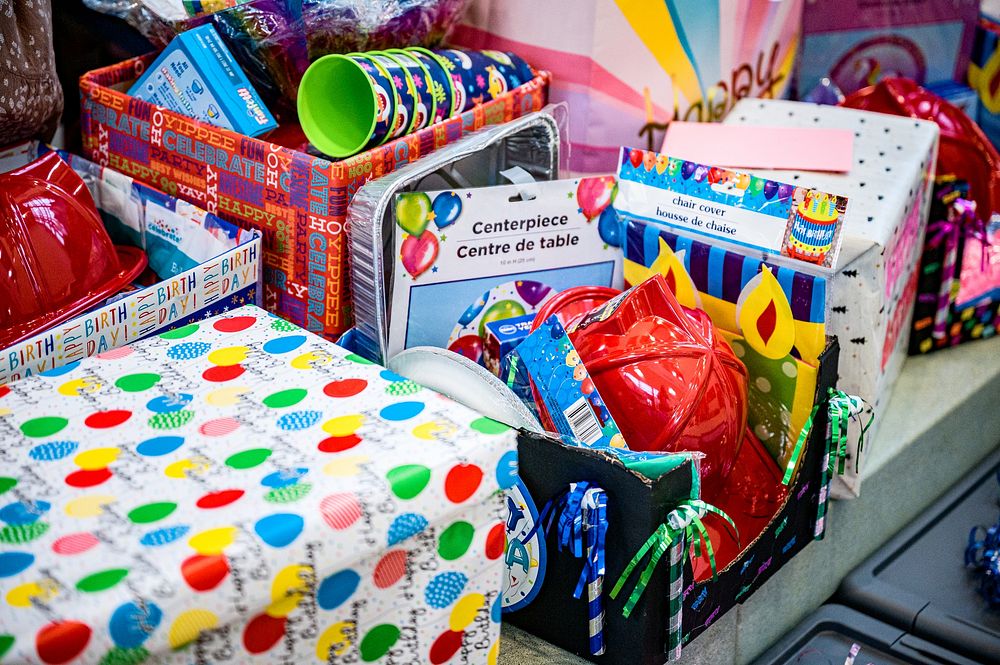
Once upon a time, grabbing a thoughtful gift under $30 was easy. A candle, a cute mug, a hardcover book—done and dusted. But these days, even basic gifts feel financially offensive. Shipping? That’s another $10. Gift bag? That’ll be $6.50. The actual gift? Somehow $47 for something smaller than a sandwich.
Everything’s either “artisan” or “limited-run,” and your budget? Toast. It’s not that you don’t want to be generous—it’s that generosity now requires strategic budgeting and possibly skipping lunch. This is why funny memes, playlists, or DIY coupon books are making a strong comeback. Call it recession-core gifting. And hey—at least it’s personal.
9. Haircuts That Don’t Hurt Emotionally
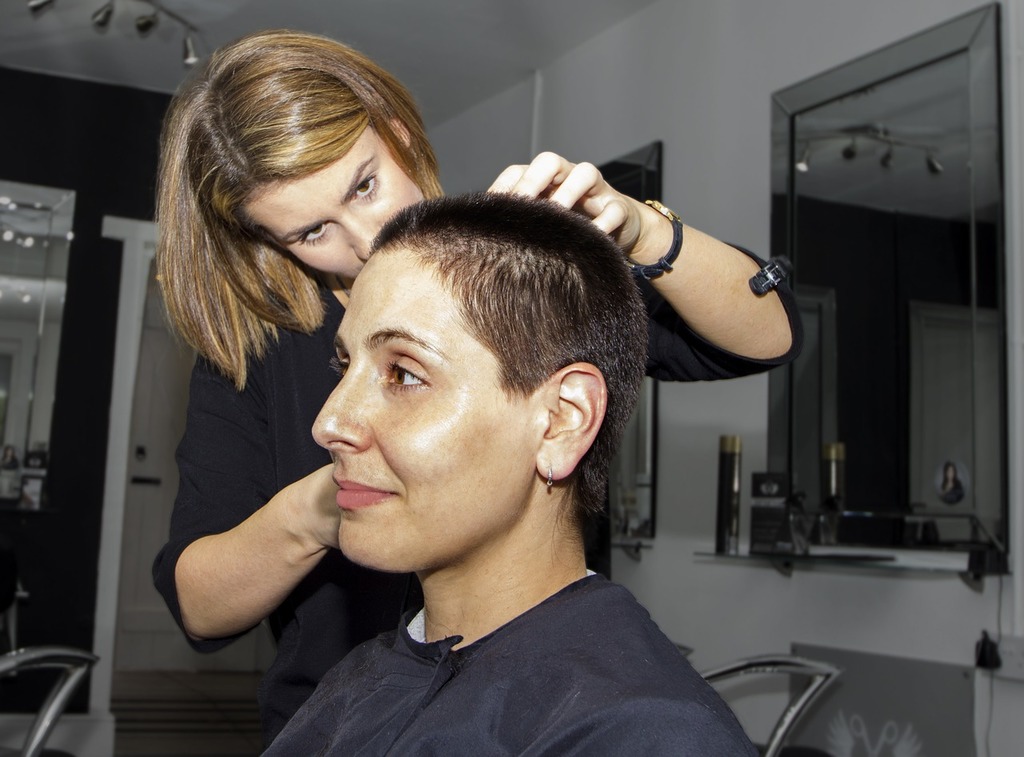
Remember when a basic haircut was like $15–$25, and even a fancy salon just meant $50 with a scalp massage? Not anymore. Now, walking into a salon feels like prepping for a loan application. Haircuts have quietly crept into the luxury tier—even without coloring, styling, or magical unicorn serum.
Barbers and stylists deserve every cent, but when “just a trim” costs $80 before tip, we’re all side-eyeing our split ends and YouTube tutorials. Add in blow dry fees, deep conditioner upsells, and that mysterious “style” line item, and suddenly you’re questioning your follicular priorities. People are stretching out appointments longer than ever or turning to the ol’ DIY route.
If your bangs are crooked but your budget’s intact, you’re doing what you gotta do.
10. Getting Takeout Without Regret
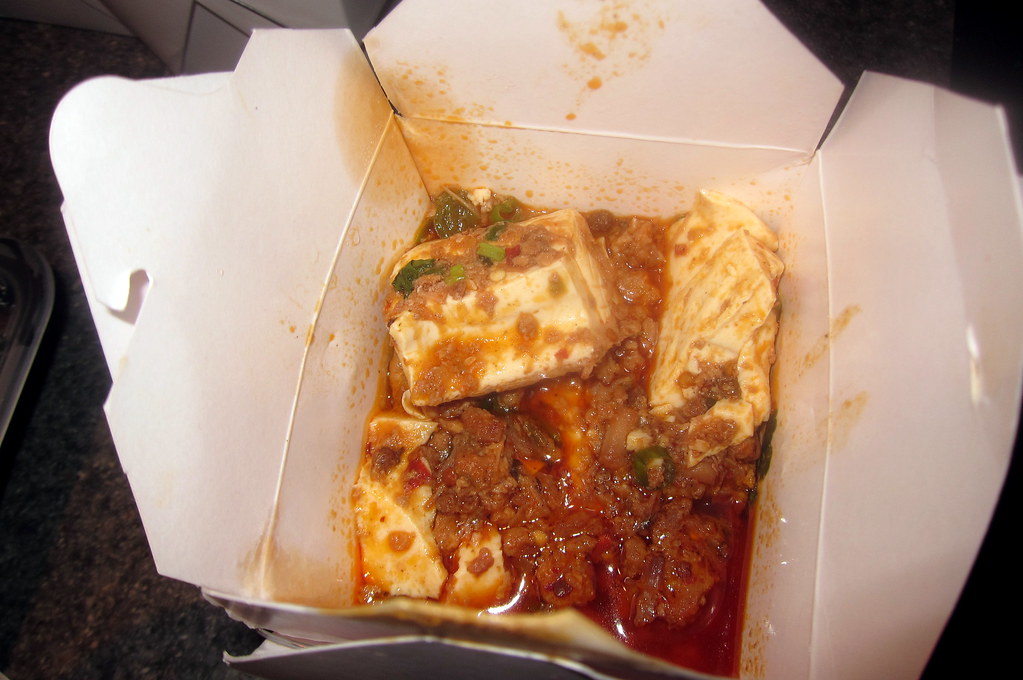
Takeout used to be the solution to a long day—not a crisis of conscience. You’d grab a burrito, a Thai curry, or a pizza, and it felt indulgent and reasonable. But now? One order of noodles, and you’re $40 deep after tax, tip, delivery, and those suspiciously high service fees.
Fast food has also leveled up in price but not in vibe. And don’t even try to use delivery apps without mentally bracing for the final total. The worst part? It still comes in that flimsy container with three spoonfuls of rice and one lukewarm spring roll.
Ordering out has gone from “lazy luxury” to “I’ll just eat cereal instead.” And that’s the real tragedy.
11. Getting New Glasses Without a Meltdown
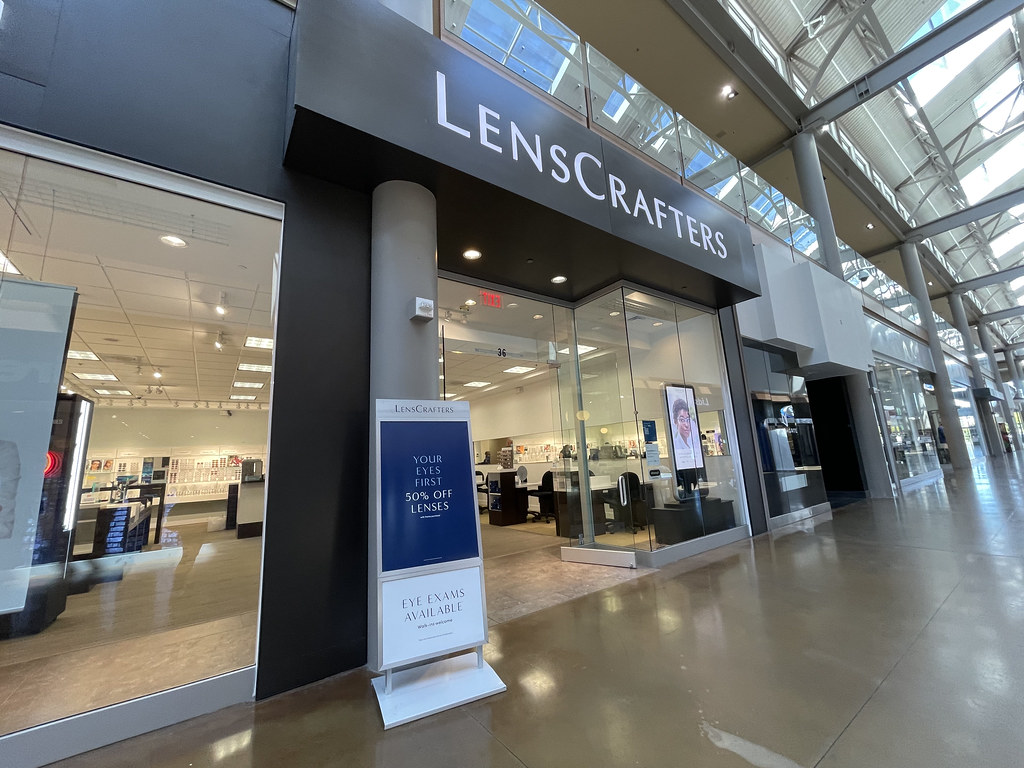
Once, glasses were a $100 thing max—maybe $150 if you went wild with designer frames. Now? You’re paying $300–$700 for the privilege of seeing. Lenses, anti-glare, blue light coating, thinner glass, and scratch resistance all come à la carte. Suddenly, the upsell feels more aggressive than a timeshare pitch.
Vision insurance helps, but barely—most plans cover the equivalent of a monocle and a pat on the back. And if you want backup glasses? Get ready to take out a second mortgage. People are turning to discount websites, but even those are creeping up in cost. Seeing the world shouldn’t feel like a luxury. But here we are.
12. Buying New Shoes That Don’t Fall Apart
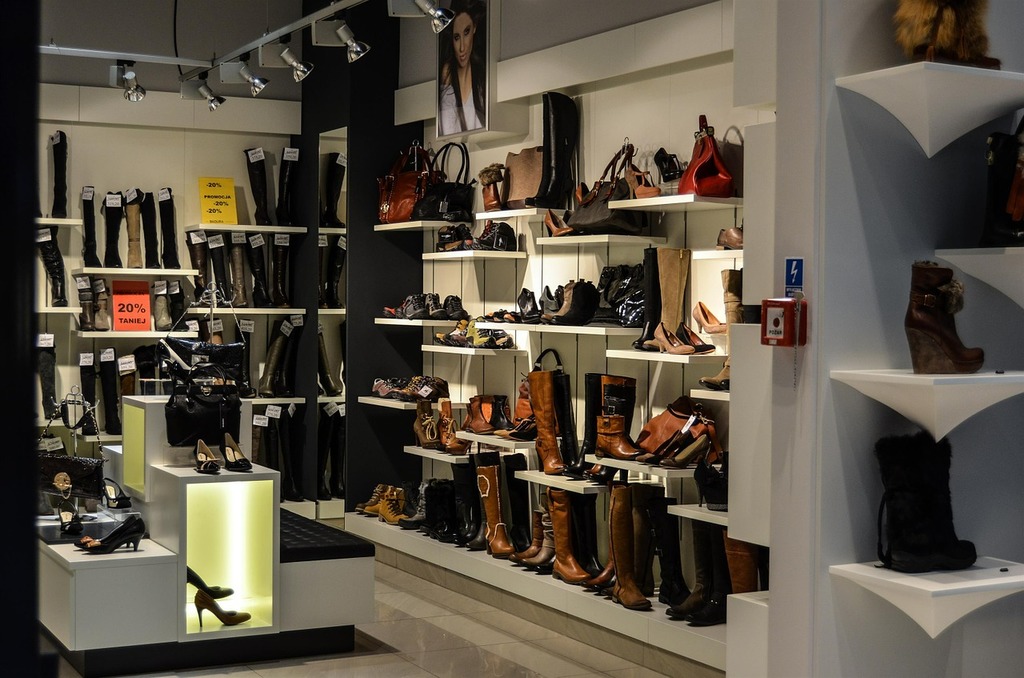
You used to be able to grab a solid pair of sneakers for under $60—something with support, style, and soles that didn’t peel after two weeks. These days? Shoe prices have walked right off the cliff. Even middle-of-the-road brands now charge $120+, and that’s before tax and shipping.
Fast fashion shoes are cheaper, sure, but they also disintegrate if you so much as jog for the bus. Athletic brands? They’ve leaned into “performance” pricing, even for walking shoes. And dress shoes? Forget about it. If you’re not budgeting $200, you’re basically settling for cardboard soles.
It’s enough to make you start resole-ing like your grandpa. And honestly? He might’ve had the right idea.
13. Hosting a Backyard BBQ
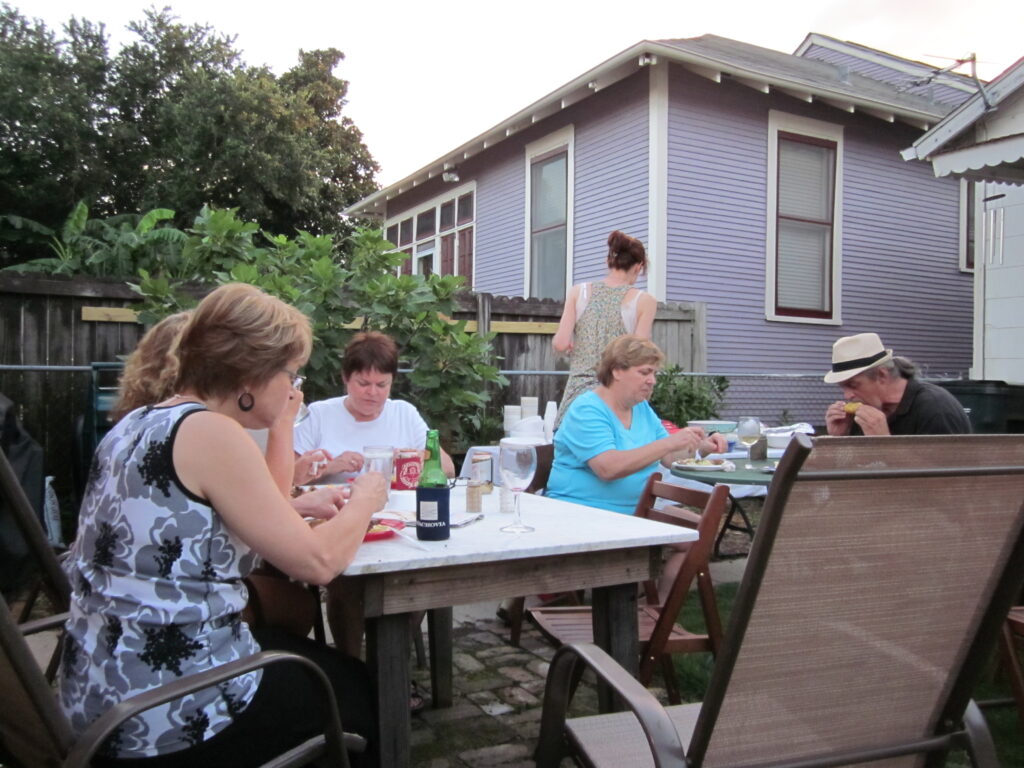
Grilling out used to be the frugal foodie’s dream. A few burgers, a bag of chips, some buns, and a case of beer—done. But in 2025? Feeding your friends outdoors feels like you’re prepping for a Michelin-rated tailgate. Ground beef is pricey, buns are no longer basic, and even the condiments seem to have undergone price surges.
Add in drinks, veggie skewers, sides, and dessert, and suddenly you’re spending more than you would at a restaurant. Hosting has become a financial commitment, not just a social gesture. People are switching to “bring your own everything” mode just to stay afloat.
If your idea of entertaining now includes spreadsheets and price caps, welcome to the post-pandemic picnic economy. Grill responsibly.
This article is for informational purposes only and should not be construed as financial advice. Consult a financial professional before making investment or other financial decisions. The author and publisher make no warranties of any kind.


